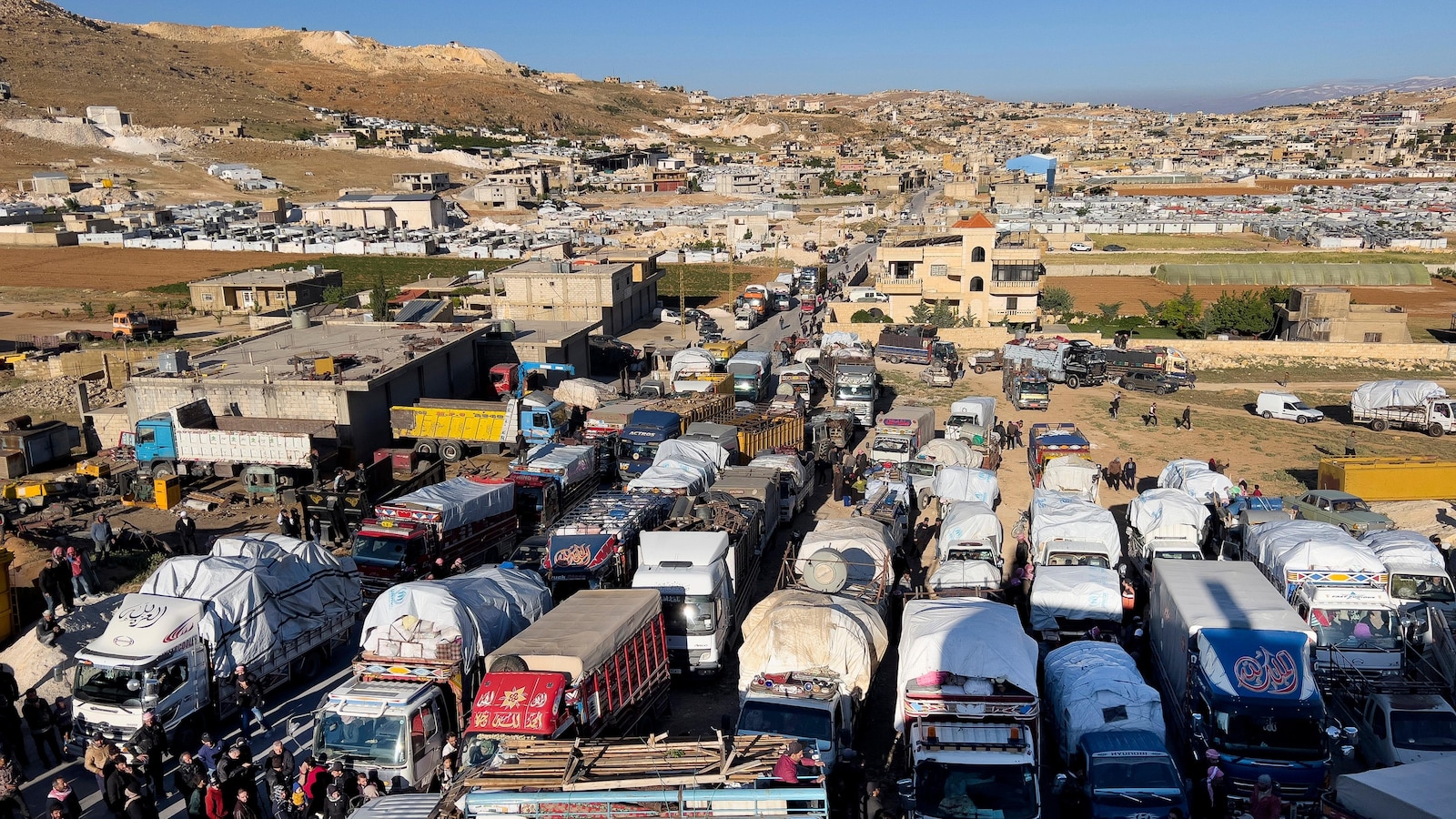UN: 850,000 Syrian refugees have returned since Assad’s fall
UNHCR deputy says returns and internal repatriations surge as interim government regains control; figure could top 1 million in coming weeks
DAMASCUS, Syria — Since the fall of Bashar Assad’s government in December, about 850,000 Syrian refugees have returned from neighboring countries, and the number could reach 1 million in the coming weeks, the United Nations refugee agency said.
Deputy High Commissioner of the U.N. Refugee Agency (UNHCR) Kelly T. Clements, speaking to The Associated Press in Damascus on Monday, also said about 1.7 million people who were internally displaced during the 14-year conflict have returned to their communities as an interim central government now controls large parts of the country.

“It’s a dynamic period,” Clements said. “It’s an opportunity where we could see potentially solutions for the largest global displacements that we have seen in the last 14 years.” She told the AP she had been in Syria for three days.
UNHCR’s figures indicate a rapid movement of people back into Syria after years of mass displacement triggered by the conflict that began in March 2011. The fighting and ensuing crisis have killed nearly half a million people and uprooted roughly half of the country’s pre-war population of about 23 million. More than five million Syrians fled abroad during the war.
The returns reported by UNHCR involve refugees who had sought shelter in neighboring states as well as people who were displaced within Syria and later went back to their home communities. UN officials have been assessing conditions in areas now under the interim government’s control to determine the extent to which returns are voluntary and whether basic services and housing are available for returnees.
Clements declined to provide a breakdown of the refugees’ countries of origin in her interview but said UNHCR is monitoring movements and working with local authorities and partners to support those who return. The agency has historically emphasized that repatriation should be safe, voluntary and dignified, and that humanitarian access and needs assessments are critical to sustainable returns.
Humanitarian agencies and analysts have in recent weeks reported a shifting landscape across Syria as fighting subsided in some areas and control changed hands. The interim central government’s expansion of control has been cited by some returnees as a reason to come back, while others have cited family reunification and the end of host-country protections. Aid groups continue to warn that many returnees face damaged homes, limited public services and unresolved property and legal issues.
UNHCR’s assessment comes as neighboring governments and international organizations consider how to respond to the new flows of people and the changing humanitarian needs inside Syria. The pace and scale of returns will be watched by governments and aid groups as they weigh assistance requirements for shelter, health care, water and sanitation, and other basic services.
Officials did not provide an immediate estimate of how many of the 850,000 returning refugees had taken part in organized return programs versus returning independently, nor a precise timeline for when UNHCR expects the tally to reach 1 million. UNHCR has historically relied on a combination of border monitoring, registrations and partner reports to compile return figures.
The Syrian conflict that began in 2011 fractured the country, triggering repeated waves of displacement over more than a decade. The UN agency’s report reflects one of the largest movements of people since the war’s start and underlines the challenges ahead for humanitarian agencies, host communities and Syrian authorities as they address the needs of returnees and those who remain displaced.